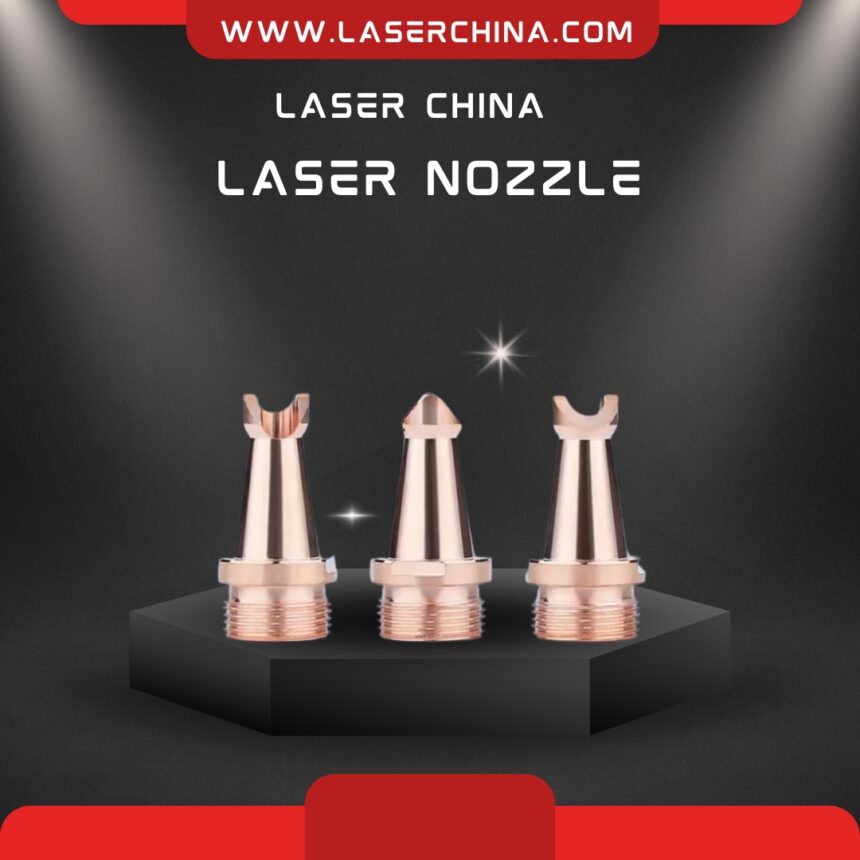Selecting the right laser welding equipment is a critical decision that can significantly impact your manufacturing processes, product quality, and operational efficiency. With various options available, understanding the essential factors to consider can help you make an informed choice that meets your specific welding needs. This answer discusses the key considerations, including laser type, power requirements, material compatibility, system features, safety measures, and cost.
1. Type of Laser
The first step in choosing laser welding equipment is determining the type of laser best suited for your applications. The most common types include fiber lasers, CO2 lasers, and solid-state lasers.
- Fiber Lasers are known for their high efficiency and versatility, making them ideal for welding a wide range of materials, including metals and plastics. They have excellent beam quality, allowing for precise welding and minimal heat-affected zones.
- CO2 Lasers offer a longer wavelength, which is effective for cutting and welding thicker materials but may require more maintenance than fiber lasers.
- Solid-State Lasers are typically used in specialized applications due to their ability to generate high power levels in a compact design.
Assess your specific welding requirements to determine the best laser type for your operations.
2. Power Requirements
The power of the laser is another crucial consideration. Higher power levels allow for faster welding speeds and the ability to work with thicker materials. However, the necessary power depends on the materials being welded and the intended application.
- For thin metals and quick repairs, lower power settings (around 1000-3000 watts) may suffice.
- For industrial applications involving thicker materials, such as those in the automotive or aerospace industries, higher power levels (above 3000 watts) will be necessary to achieve optimal penetration and weld quality.
3. Material Compatibility
Different laser welding systems are designed for specific materials, so it’s essential to ensure the equipment you choose is compatible with the metals or plastics you plan to work with.
- For example, some lasers excel at welding stainless steel and aluminum but may struggle with other materials, such as copper or titanium.
- Additionally, consider whether your applications will involve dissimilar materials, as this can require specialized equipment or techniques.
4. System Features and Automation
Modern laser welding equipment often comes with various features that enhance usability and productivity. Consider the following:
- Control Systems: Advanced control systems allow for precise adjustments of parameters such as power, speed, and focus. Look for equipment that offers programmable settings for different materials and applications.
- Automation: Automated systems can significantly increase efficiency, especially in high-volume production environments. Options include robotic integration and conveyor systems that enable continuous operation.
- Cooling Systems: Effective cooling systems are essential to maintain optimal operating temperatures and prevent overheating during prolonged use.
5. Safety Measures
Safety is a paramount consideration when operating laser welding equipment. Ensure that the equipment you select incorporates adequate safety features, including:
- Protective Enclosures: Enclosed systems help prevent accidental exposure to laser radiation.
- Emergency Stop Functions: Quick-access emergency stops should be easily reachable in case of an emergency.
- Protective Eyewear: High-quality safety glasses designed for laser operation are essential for operator protection.
6. Cost and Return on Investment (ROI)
Finally, consider the overall cost of the laser welding equipment, including initial purchase price, maintenance, and operational expenses. While it may be tempting to choose the lowest-cost option, it’s essential to evaluate the long-term benefits and potential return on investment. Higher-quality equipment may have a higher upfront cost but can lead to significant savings in efficiency, quality, and reduced rework costs over time.
Place your online orders: https://www.laserchina.com/products/
Conclusion
In summary, selecting the right laser welding equipment requires careful consideration of several factors, including the type of laser, power requirements, material compatibility, system features, safety measures, and overall cost. By taking the time to evaluate these considerations, you can make an informed decision that aligns with your specific welding needs, enhances production efficiency, and ensures high-quality results. As laser welding technology continues to advance, investing in the right equipment will position your business for success in an increasingly competitive market.



